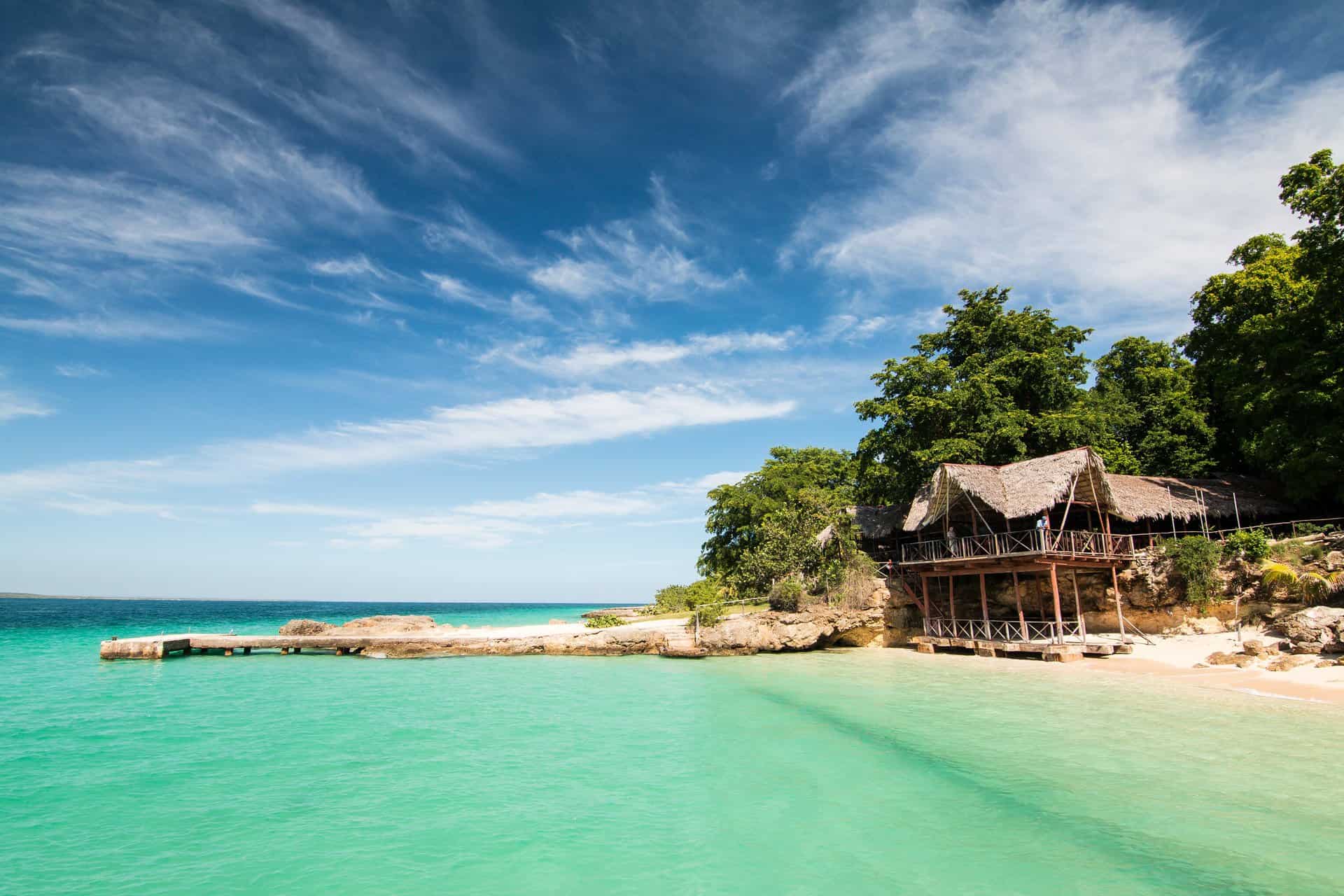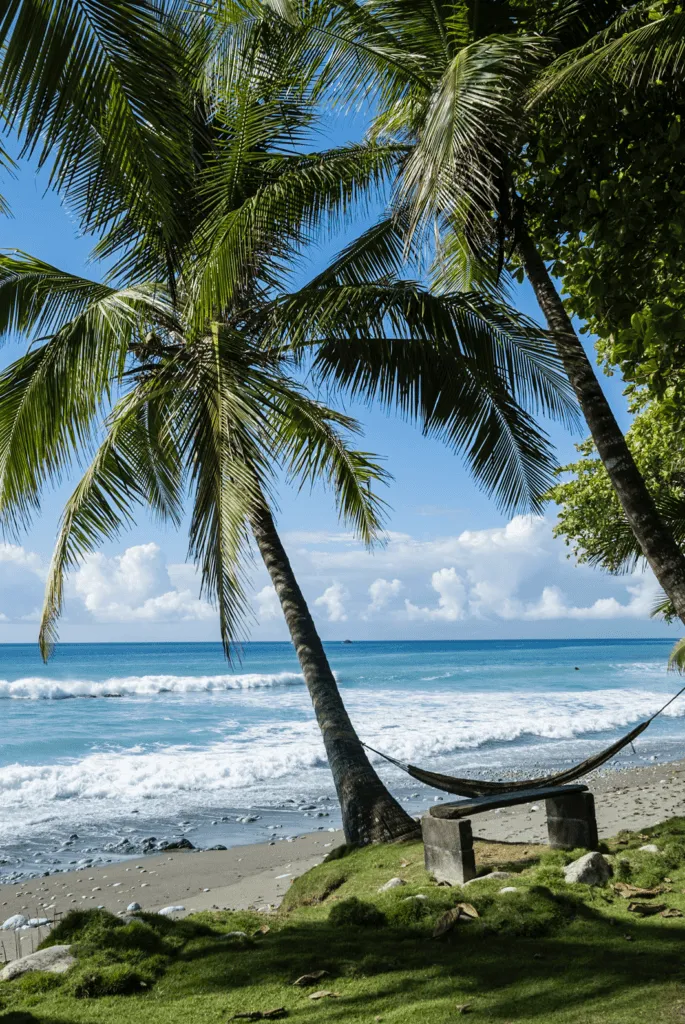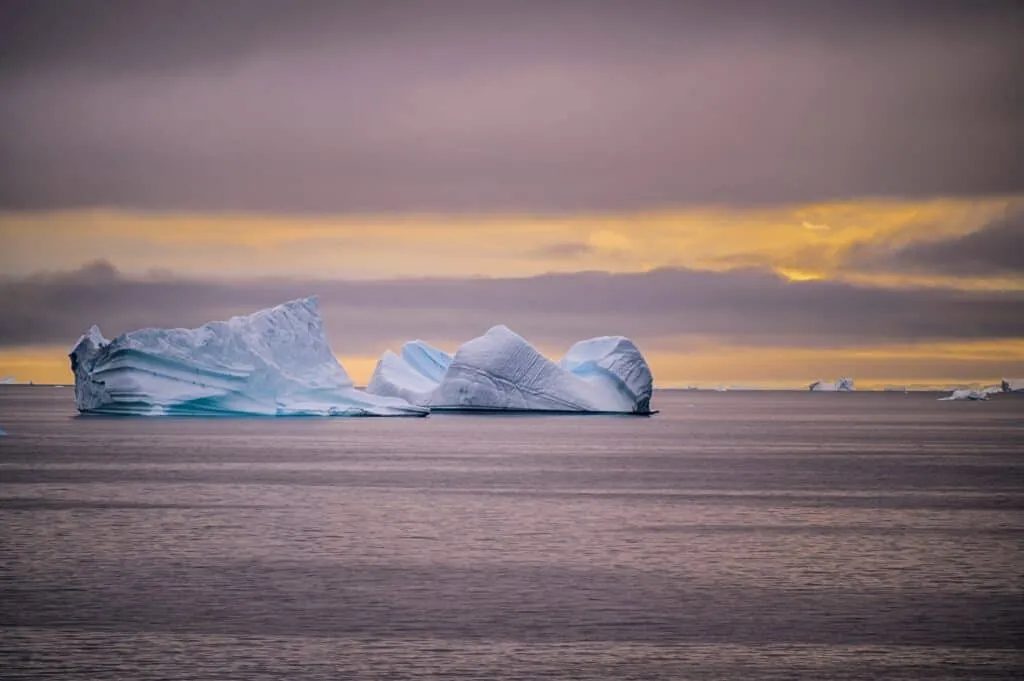
Set at the very end of the world, Antarctica is a place of staggering scale and isolation.
Twice the size of Australia, it has no cities, no permanent human population, and no native land mammals. It is governed not by any one nation, but by treaty – a fragile, multinational understanding that this place belongs to no one and everyone. It holds 70% of the planet’s freshwater, supports vast marine ecosystems, and plays a critical role in regulating Earth’s climate.
But numbers alone don’t quite capture it. More than a frozen wilderness, Antarctica is a barometer of planetary change. Its glaciers and wildlife, its silence and extremes, speak to the Earth’s fragility and the need to tread carefully. For scientists, it is a natural laboratory. For explorers, a test of resolve. And for the visitor, it offers something few places can: a unique perspective on our planet.
What follows is a primer for curious travellers on the past, present and future of the White Continent.
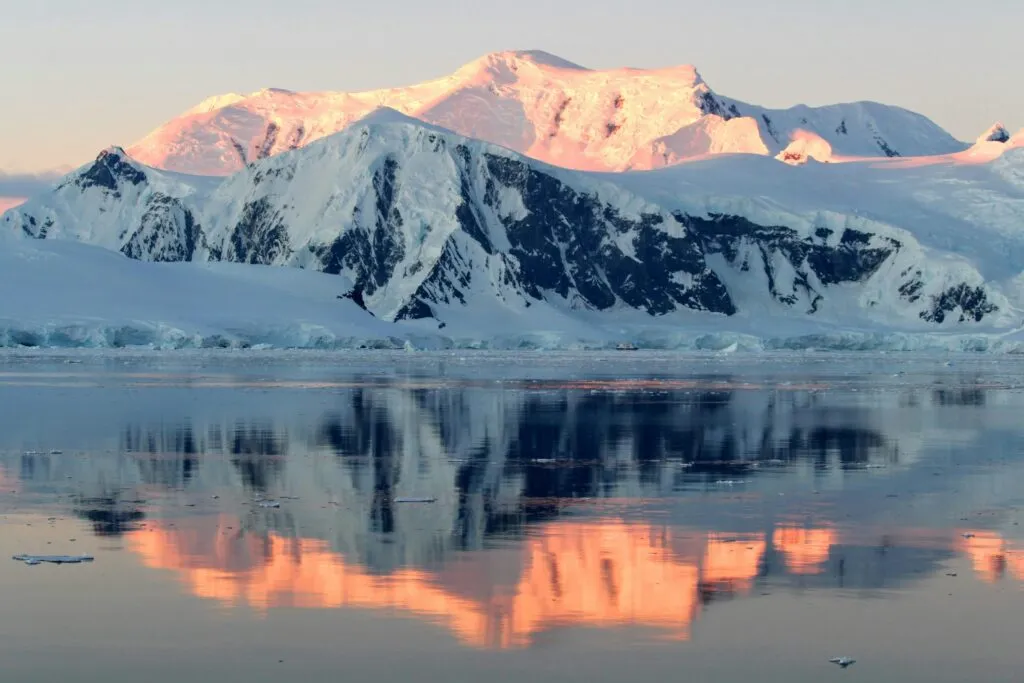
A Land of Ice
Covering some 14 million square kilometres, Antarctica is the Earth’s fifth-largest continent. Around 98% lies beneath an ice sheet averaging 2km thick – in places, more than double that.
Geographically, the continent is divided into two. East Antarctica is a high, stable plateau dominated by the East Antarctic Ice Sheet. West Antarctica is home to the Antarctic Peninsula – the long, mountainous arm that stretches northward toward South America. The Transantarctic Mountains separate the two, and the Southern Ocean encircles it all.
Beyond the mainland lies a constellation of islands and archipelagos, many with an outsized geopolitical and ecological footprint. The South Shetland Islands serve as a key entry point for expedition cruises. Further northeast, South Georgia – technically sub-Antarctic – is a haven for wildlife and the final resting place of Ernest Shackleton. The South Orkney and South Sandwich Islands remain uninhabited and largely unvisited.
Despite its frozen stillness, the continent is geologically alive. Active volcanoes such as Mount Erebus emits gas and lava in the Ross Dependency. Below the surface, hundreds of subglacial lakes – cut off from light and atmosphere for millions of years – harbour microbial life, offering a glimpse into Earth’s distant past.
The Men Who Went South
The idea of Antarctica long predated its discovery. The notion of a vast southern land – Terra Australis Incognita – appeared on Roman-era maps as early as the 2nd century AD. But it wasn’t until 1820 that the continent’s coastline was definitively sighted, and another century before its interior was charted. What followed was a brief but brutal golden age of polar exploration.
Roald Amundsen reached the South Pole in 1911, beating Robert Falcon Scott by weeks. Scott and his party perished on their return. But it is Ernest Shackleton’s 1914–17 Endurance expedition that endures most vividly in the public imagination.
Setting out to cross the continent via the South Pole, Shackleton’s ship became trapped in pack ice in the Weddell Sea and was eventually crushed. His crew camped on the ice for months, drifting northwards, and eventually made it to Elephant Island. From there, Shackleton and five men embarked on an audacious open-boat voyage to South Georgia to seek rescue. Astonishingly, all 28 men survived.
Travellers today can follow Shackleton’s route, from Elephant Island to South Georgia – and even visit the site where the Endurance was found preserved on the seafloor in 2022, more than a century after it sank.
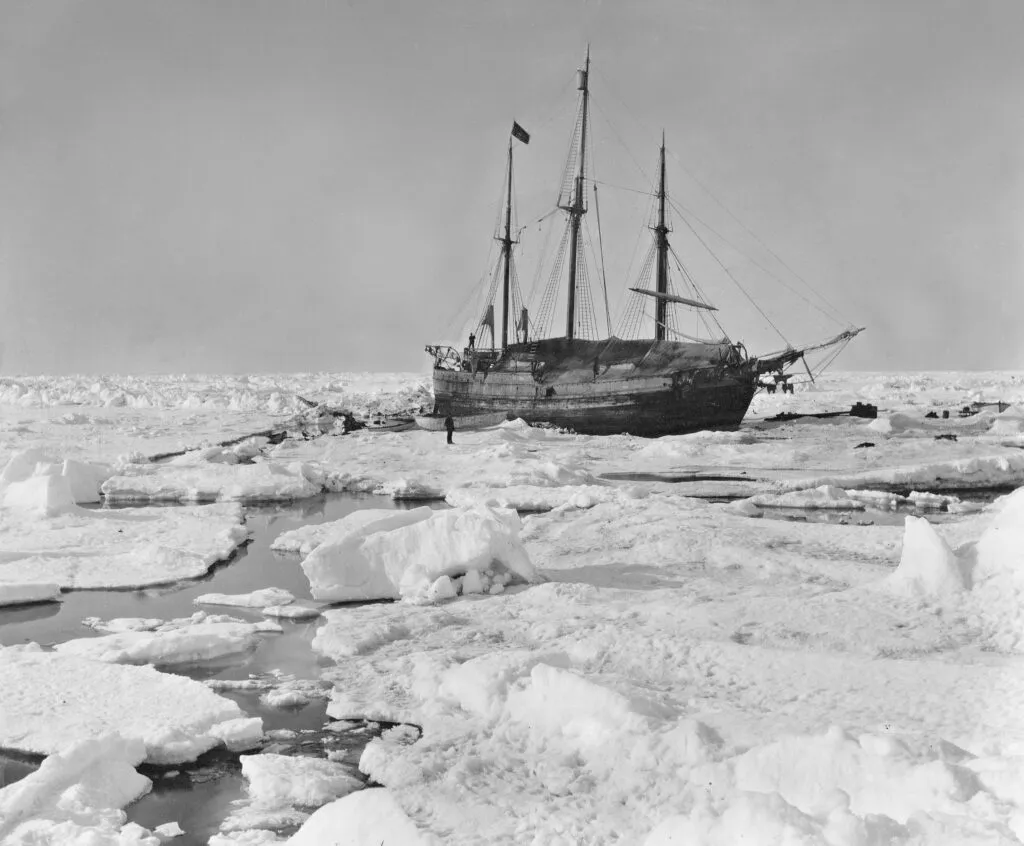
Climate and Conservation
Antarctica is the coldest, driest, and windiest place on earth, its isolation reinforced by the Antarctic Circumpolar Current, which encircles the continent and cuts it off from warmer ocean systems.
Along the coast, summer temperatures may occasionally edge above freezing, but inland, the ice never melts; the lowest temperature ever recorded inland was -89.2°C.
From May to August, Antarctica disappears into darkness and doubles in size as sea ice spreads across the Southern Ocean. Come summertime (November – March), the sun never sets, casting a continuous glow across the ice in a phenomenon known as the midnight sun.
Protected by the Antarctic Treaty and the 1991 Environmental Protocol, the continent is reserved for peace and science, and is one of the most closely monitored regions on the planet. More than 70 research stations, operated by 30 nations, study everything from glacial shifts to marine ecosystems.
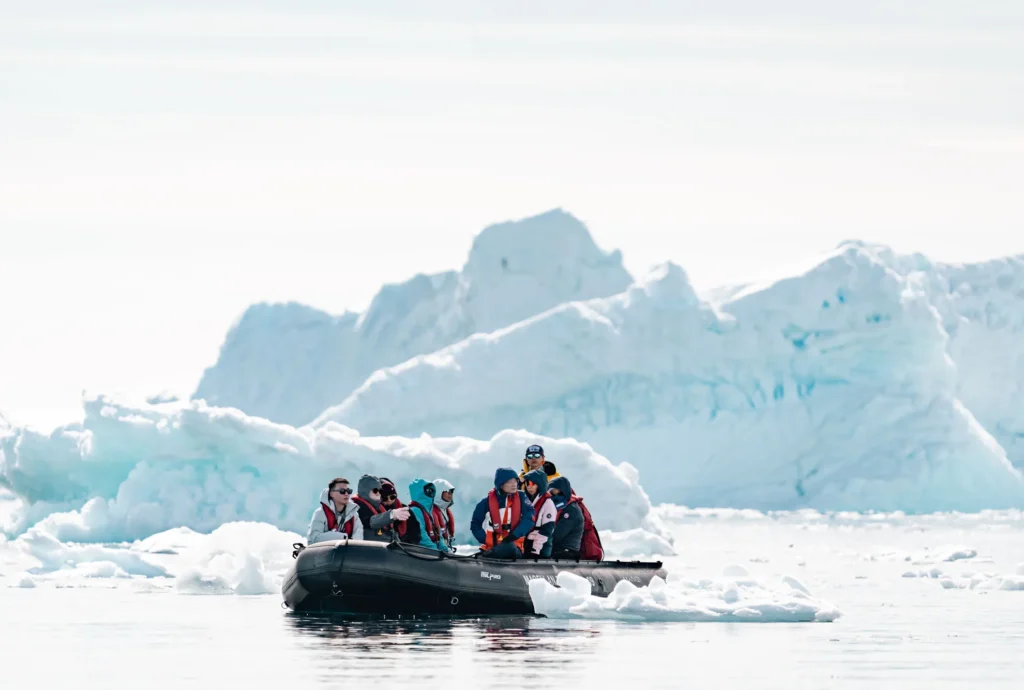
Antarctica Today
Though it has no permanent population, Antarctica is far from uninhabited. In the austral summer, the population swells to around 4,000, made up of scientists, engineers, pilots, medics and support staff, scattered across more than 70 research stations. In winter, fewer than 1,000 remain.
These isolated outposts are often hundreds of kilometres apart, reliant on international cooperation, satellite comms, and long-range logistics for survival.
Daily life is highly pragmatic: temperatures dictate movement, and all waste is meticulously processed or removed. Some bases have bars, libraries and communal cinemas; others function as no-frills hubs for scientific observation. With no official time zone, each station keeps time according to its home country or logistical hub.
Tourism is tightly regulated, but growing. Around 100,000 people now visit each year, the vast majority aboard expedition ships crossing from Ushuaia, Argentina. Others fly to King George Island to bypass the Drake Passage; a handful camp overnight, or travel inland to deep-field camps.
While the experience remains unlike anywhere else on Earth, Antarctica is no longer inaccessible. For the curious traveller, it is a place that challenges your sense of scale and perspective, where time slows and the modern world recedes. Whether you’re sailing among icebergs or watching penguins shuffle across the snow, the experience is profound.
For all its remoteness, it is deeply connected to everything. And for those who reach it, even briefly, it leaves a lasting mark: a glimpse of the Earth not as we’ve made it, but as it once was.
Related Stories
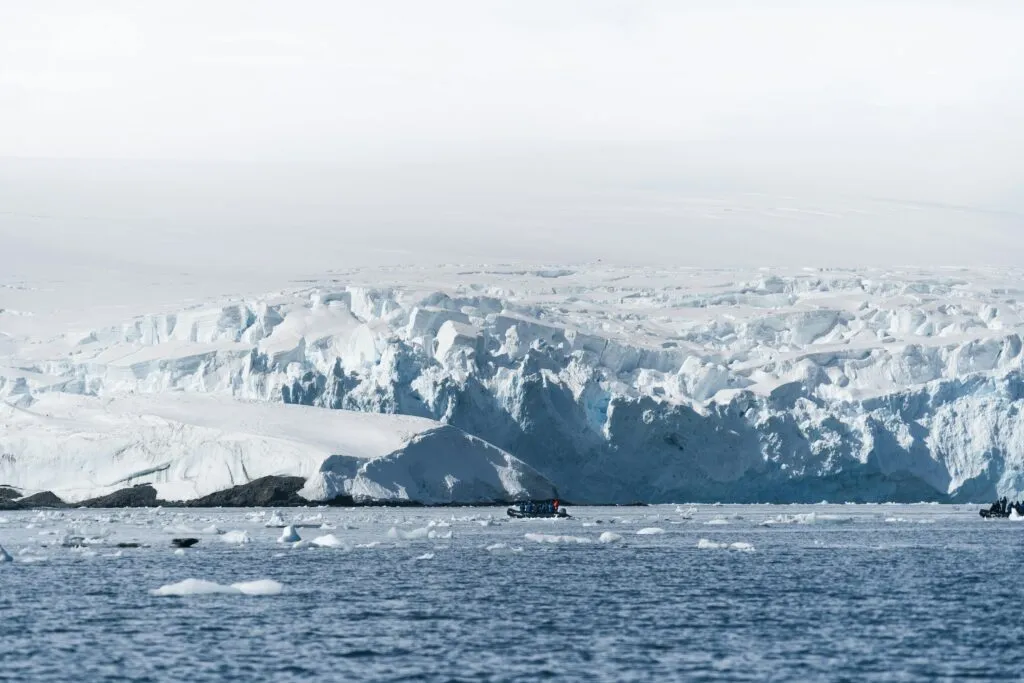
Aboard the Magellan Explorer: An Antarctic Fly-Cruise Expedition
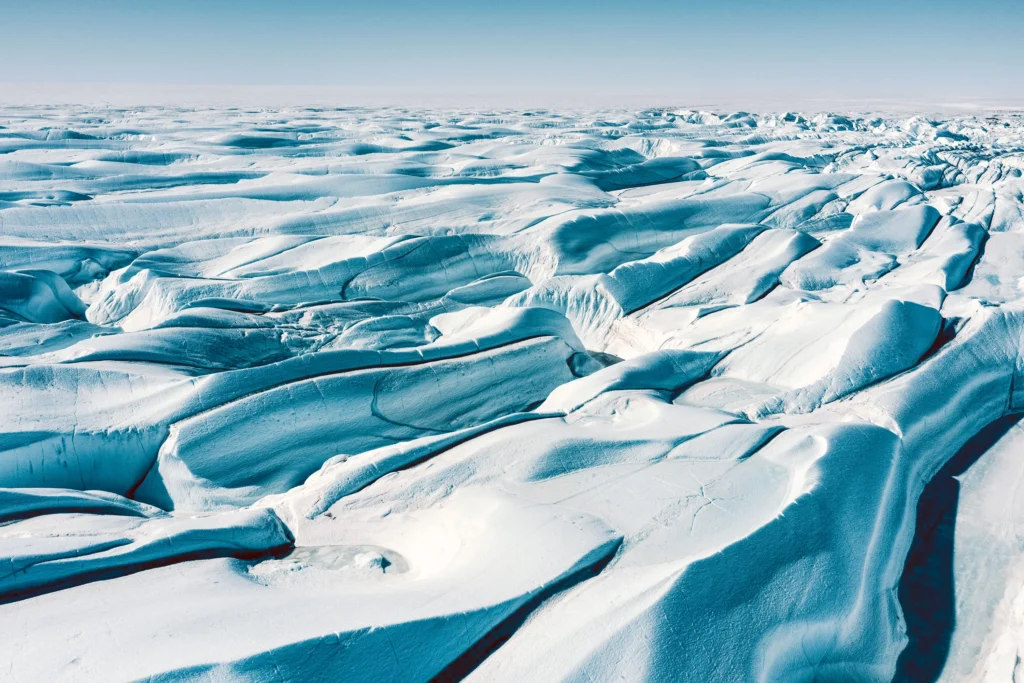
The Insider’s Guide to Antarctica: Your Questions Answered
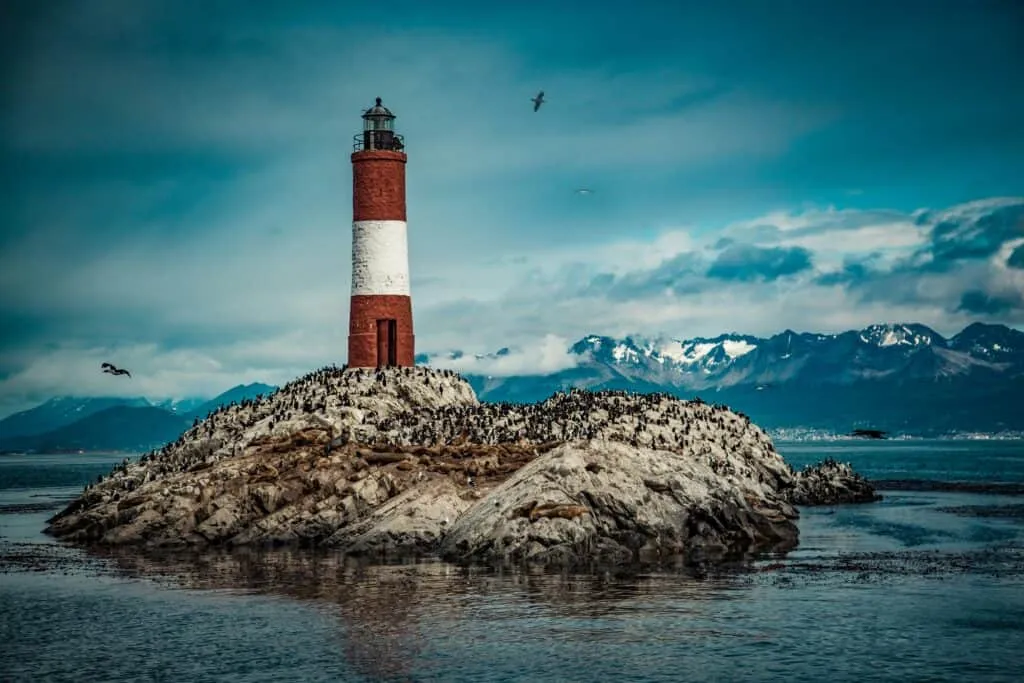
Exploring Ushuaia | The End of the World
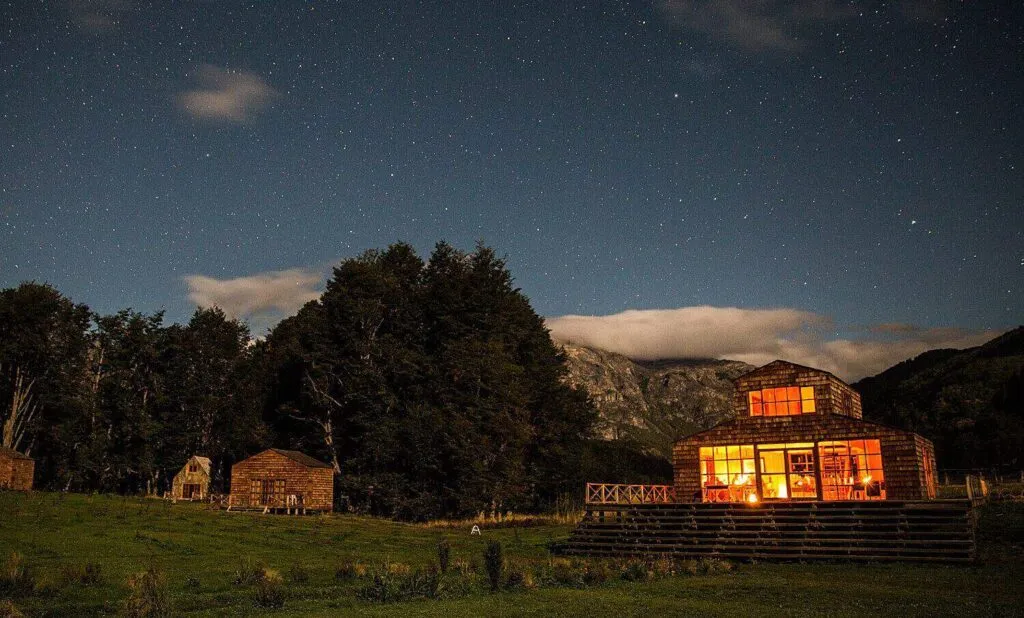
Iconic Itineraries: Conde Nast Traveler’s Adventure In Patagonia
@plansouthamerica
